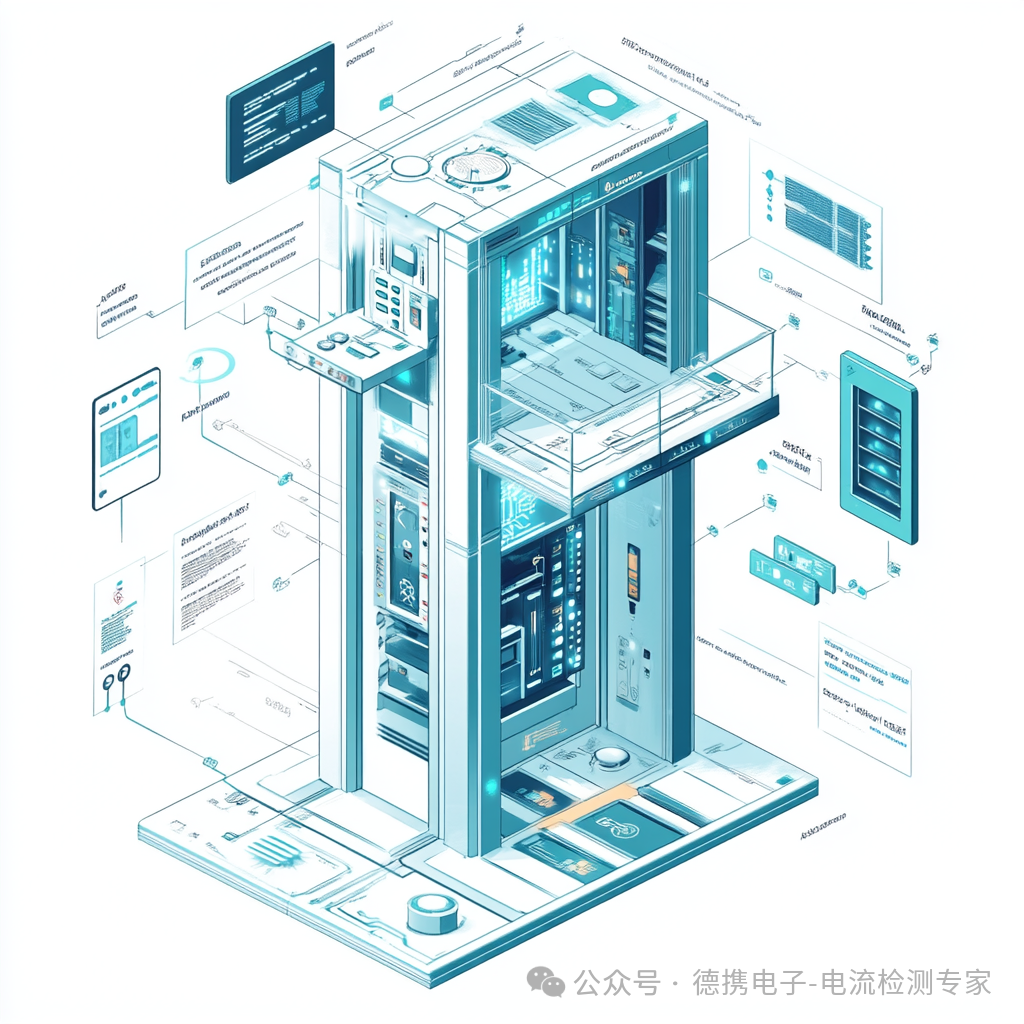
Dexie Electronics

Small Current Sensors Venture into the Big World of IoT—
Elevator IoT Part (1)
Dexie Electronics, Measuring the Future of Technology Accurately
Introduction: In recent years, China’s elevator industry has developed rapidly, leading the world in both elevator manufacturing and ownership. Data shows that by the end of 2022, the number of elevators in China reached 9.6446 million, and it is expected to reach 10 million by 2023.
With the integration of IoT technology and elevator business scenarios, ensuring elevator safety, creating a safe riding environment for passengers, and providing convenient and efficient maintenance operations for maintenance personnel have led to the emergence of Elevator IoT!
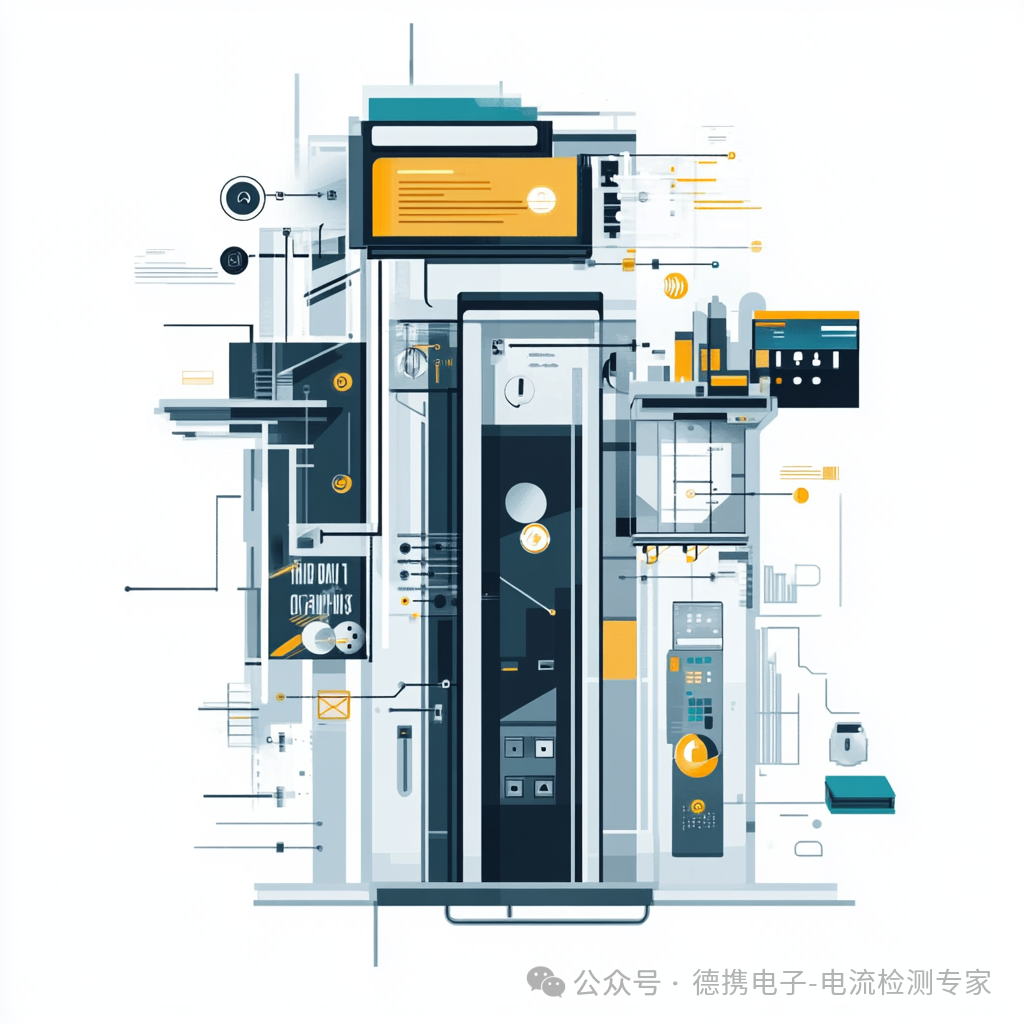
The Core Value of High-Precision Current Sensors in Elevator IoT:
Data-Driven Safety Innovation
In the context of frequent elevator safety accidents, predicting failures in advance has become a necessity in the IoT era. According to the “China Elevator IoT Safety White Paper,” in 2022, 34% of elevator failures were due to current monitoring failures, while systems equipped with high-precision current sensors can reduce the failure rate by 76%. As the “core perception unit” for elevator safety monitoring, Dexie’s high-precision current sensors are reshaping elevator safety standards through μA-level accuracy and ms-level response times.
Elevator Safety Pain Points: Three Major Failure Scenarios of Traditional Detection Methods
Scenario 1: Hidden Current Anomalies Missed
A quality inspection report from a certain city shows that 63% of elevator motor failures are due to winding aging causing current harmonic distortion (THD > 5%), but the 2% accuracy of traditional clamp meters cannot identify initial distortion signals of 2%-3%.
Scenario 2: Instantaneous Overcurrent Not Captured
When the door machine is obstructed, it may generate a current spike lasting only 10ms, with a magnitude reaching 300% of the rated value. The 100ms response time of conventional sensors will inevitably miss this.
Scenario 3: Environmental Interference Leading to False Alarms
Electromagnetic interference from frequency converters and intercoms in the elevator shaft can increase the false alarm rate of low-disturbance sensors to 15%.
Dexie Solutions: Defining New Standards for Elevator IoT Sensors
IoT-Specific
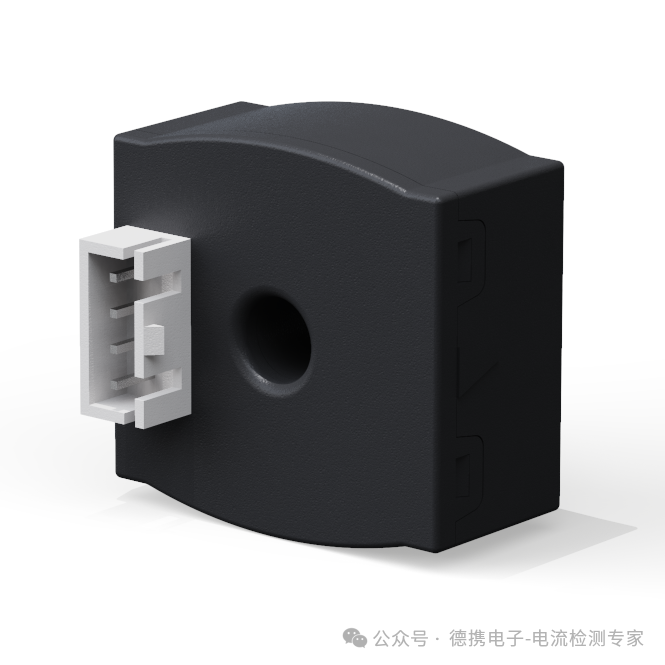
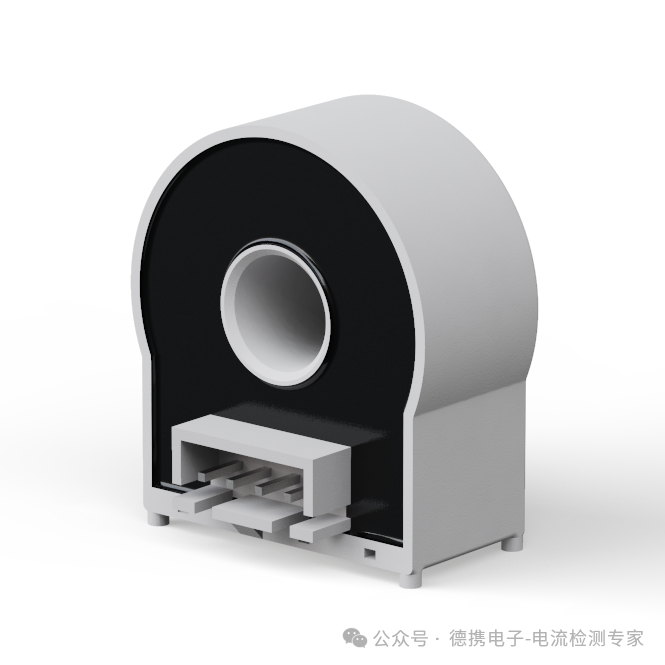
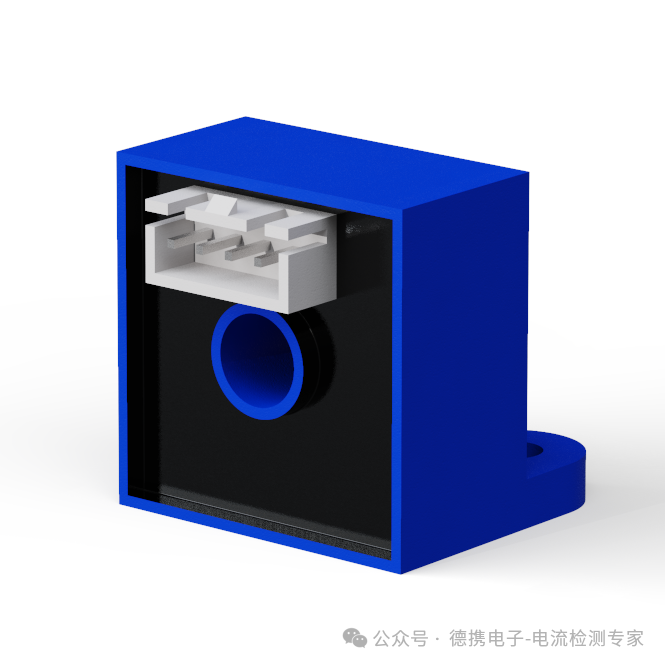
Product Features:
· Integrated Design
Highly integrated: The current sensing module, signal conditioning circuit, ADC conversion, and communication interface are integrated into a single package, eliminating the need for external voltage dividers or amplifiers.
· Compact Size
Space adaptability: Suitable for the confined spaces within elevator control cabinets, especially in the retrofitting of old elevators without the need to expand the electrical cabinet.
· Good Linearity
High linearity magnetic materials reduce hysteresis effects, distinguishing real leakage currents (such as insulation aging) from transient disturbances (motor start-stop surges), reducing false alarms while monitoring μA-level weak leakage and A-level fault currents.
Note: The next article will focus on the detailed parameters of three products.
www.dexietech.com